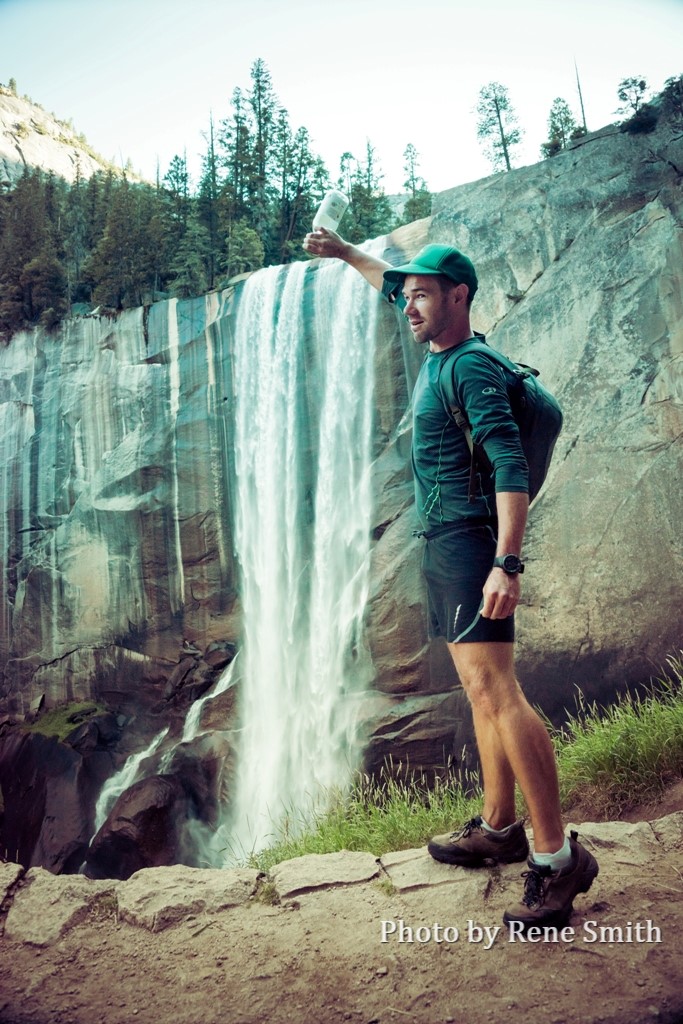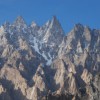Covering an area of the Sierra Nevada mountain chain of nearly three quarters of a million acres, Yosemite National Park is internationally renowned for its magnificent granite cliffs, waterfalls, crystal clear streams, giant sequoia groves and biological diversity. The geology of Yosemite National Park consists mainly of granitic rocks which were uplifted over the past 10 million years and recently (in the quaternary) were heavily glaciated forming the distinctive features of today’s park such Yosemite Valley and in particular the granite outcrops more commonly known as El Captain and Half Dome.
Approximately 3.8 million people each year are attracted to the area with activities ranging from camping, skiing, rafting, cycling, climbing, wildlife sightseeing and exploring the many hiking trails such as to Glacier Point and to the summit of Half Dome.














Where to stay when visiting
Relative to its popularity, the options for overnight accommodation in Yosemite National Park are limited. If comfortable accommodation is what you are after, one of the most iconic places you can stay is the Big Tree Lodge near Wawona. In the Yosemite Valley floor you have the Yosemite View Lodge and Yosemite Valley Lodge which are ideal if you want to spend less time driving and be located near many of the parks trailheads.
Accommodation can be very popular within the main Yosemite Valley, often booking out 6 months in advance, but breathe easy as near the park entrance (an hours drive from the valley), is the town of Oakhurst which has a wide range of additional accommodation options.
There are also 13 campgrounds in the Yosemite National Park area you can book and stay at, either year around or during the summer season only. The campgrounds are a very popular option so the online reservation system operates on a ‘first-come-first served’ basis so you should make a reservation as soon as possible.





Hiking Half Dome via the Cable Route
Hiking to the top of Half Dome is a long and difficult day for many, but an extremely memorable experience - especially if completed on a fine day. During the busy summer period before 2011 there could be more than one thousand people attempting to reach the summit each day, resulting in a very crowded route. However, since the National Park Service introduced the permit system to limit the numbers using the cables during the final approach which has limited the number to less than 300 people per day. Even with these restrictions over 50,000 people climb, or attempt to climb, Yosemite’s iconic Half Dome each year.
How to get Half Dome Permits
Permits for the busy summer season are distributed by a lottery system via the Recreation.gov website. Any one is able to apply for the preseason lottery which is held in March with the results released in mid-April. For those who make impromptu trips to Yosemite National Park (or miss out during the initial lottery), there are daily lotteries that are held during the peak season where approximately 50 permits are made available each day based on the estimated cancellation of permits. The daily lotteries have an application period two days prior to the hiking date with a notification late that night. This is a great option if you are in the area several days and are flexible which day to attempt the climb. A group of friends and I can attest to this as we were beneficiaries of one of the daily lotteries.





Route description and highlights
The Half Dome hike can be completed in one long day, but many prefer to break it up by camping at the little Yosemite Valley campground as the round trip ascends a respectable 1,445m over 26km if completed in one day. If you plan to complete the hike in one day during summer, it is advisable to start early (close to sunrise if possible) to avoid the crowds and avoid ascending during the heat of the day.
The hike starts on the valley floor, so a good place to park if you’ve arrived early by car is a popular free carpark near the Happy Isles Trailhead which is a short walk from the Mercer River and John Muir trail which is the name of the majority of the Half Dome trail. The trail climbs up through the pine and fir forest, becoming the Mist trail as you climb up past the spectacular Vernal Falls and Nevada Falls before rejoining the John Muir Trail in Little Yosemite Valley. The Half Dome Trail branches off to the left as you ascend up the Little Yosemite Valley and leads up towards the base of the sub-dome and Half Dome itself.
After zig zagging your way up the side of the sub-dome, you’ll come to the base of Half Dome proper. The last 120m of the ascent is a steep climb up the smooth face of the dome between two steel cables; which are erected at the end of May and taken down in mid-October depending on conditions. As mentioned you will need to apply for a permit to be able to climb this section and reach the summit. Without the cables it would be too dangerous to attempt to climb without technical climbing equipment.
If you are lucky enough to have reached the summit you will notice the large, flat area where hikers can enjoy their accomplishment. The summit offers spectacular views of the surrounding areas, especially of the Yosemite Valley floor. Be sure to get a photo on ‘The Visor’ that protrudes out over the Yosemite Valley nearly a mile below.
Here’s a helpful video by the National Park Service worth watching - Hiking Half Dome.
Recommended Reads



